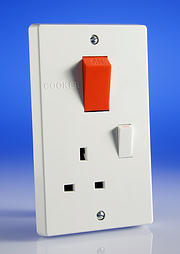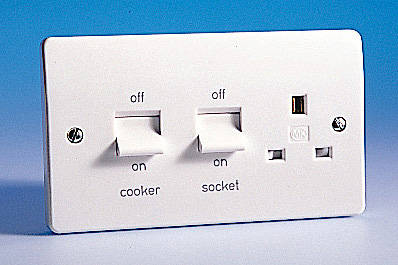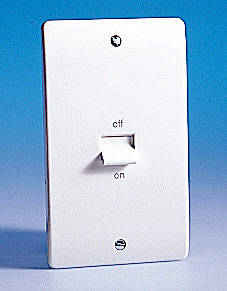Probably true, but if they didn't 'take the switch off an look at the back', they couldn't really be sure of the CSA of the cable that was feeding it, either, could they?Generally John, I'd agree, however I'm sure many electricians will not take the switch off and look at the rating on the back, especially if the cable is all rated to 32A as well.More generally, there's the question as to the extent to which one has to design on the basis of what inappropriate changes someone may effect in the future.
However, the greater issue is probably the other part of what I wrote, to which you haven't responded. Do I take it that you would not be happy to consider the after-diversity load when deciding whether a '20A rated' switch was acceptable?
Kind Regards, John




